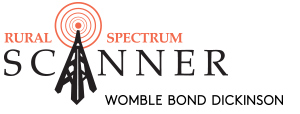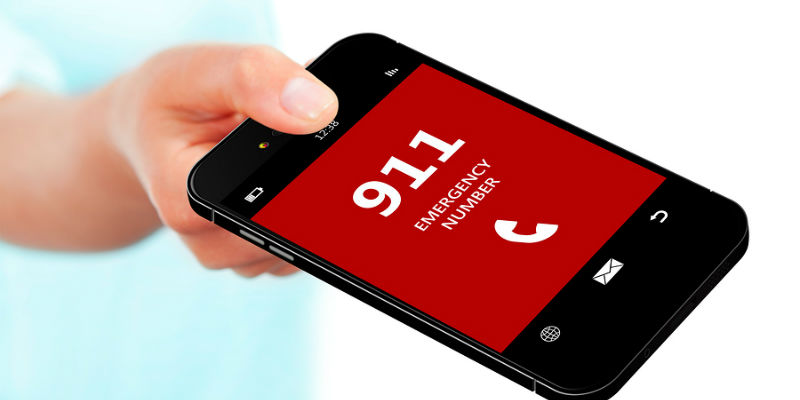The National Emergency Number Association (NENA) has released a guidance document for Public Safety Answering Points (PSAPs) and wireless telecommunications providers that is designed to help 911 systems safely and efficiently incorporate new location tracking practices that are in addition to what providers have traditionally followed. With respect to PSAPs, NENA’s guidance document provides new best practices with respect to administrative, technical, and operational issues. With respect to providers, NENA’s guidance document provides eight new location reporting, servicing, and security recommendations, among which is a recommendation that providers report locations to PSAPs in a “geodetic profile,” with the caller’s latitude, longitude, and, where possible, altitude, along with the uncertainty radius, confidence level, and a reliable time stamp as to when the caller’s location was determined.
The guidance document is the culmination of a year-long effort by NENA, which developed the document in collaboration with the National Association of State 911 Administrators (NASNA), the Industry Council for Emergency Response Technologies (iCERT), and the National 9-1-1 Program Office.








